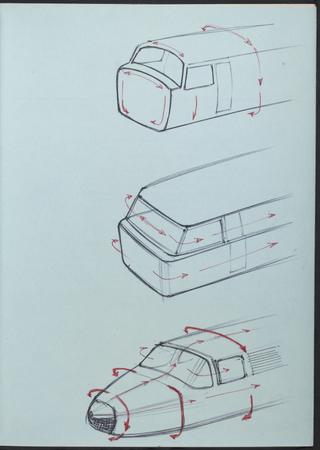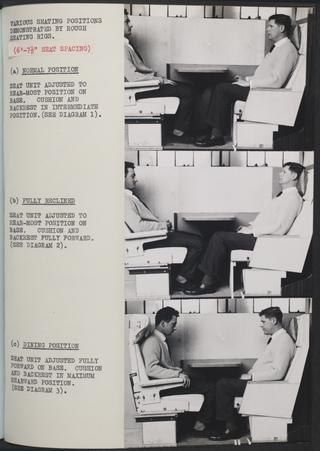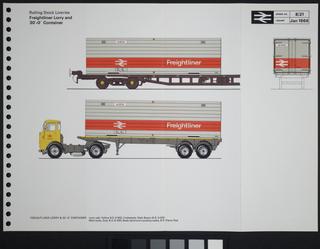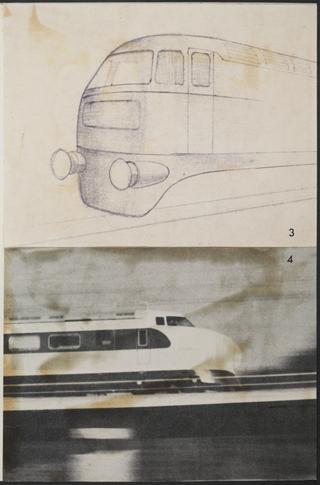
Wilkes & Ashmore
Shortly after 1961 Wilkes & Ashmore (Industrial Designers) were appointed as design consultants to create a mock-up carriage section for the new passenger trains to evaluate features before committing to large scale production for British Railways Design Panel.
Consultants, including Wilkes & Ashmore, frequently found themselves faced with a ‘clean- up’ operation due to the manufacturers’ reluctance to take outside guidance, which prevented them from being in a position to design the whole train. Wilkes & Ashmore had a long term relationship with the British Railways Board, although they were not the only consultants employed, and in fact the Luxury Pullmans that were the Design Panels’ first real success were based on a design by the consultants Jack Howe. When Wilkes & Ashmore were the consultants of choice they were responsible for the general design and construction of the mock-ups, and engaged other consultants and suppliers to handle the details such as surface finishes and lights. Wilkes & Ashmore were heavily involved in the ‘Carriage of Tomorrow’ project and were also commissioned to produce designs for the interior of the lounge car mock up displayed at the ‘New Face of British Railways’ Exhibition held at the Design Centre in January 1965. They were also the consultants for the Brush Type 4 which became the standard British Railways locomotive.
Wilkes & Ashmore were also involved in the Corporate Identity Programme launched at the beginning of 1965, the most immediately obvious feature of which was the adoption of the title British Rail for marketing purposes, and the new symbol. The programme was based on the idea that properly planned and applied industrial design could act as a powerful and inexpensive marketing tool. The aim of the programme was to promote greater unity in the appearance of rolling stock, stations, typefaces, uniforms, signposting and publicity to a prescribed house style. To ensure the policy was implemented an industrial design manual was produced.


